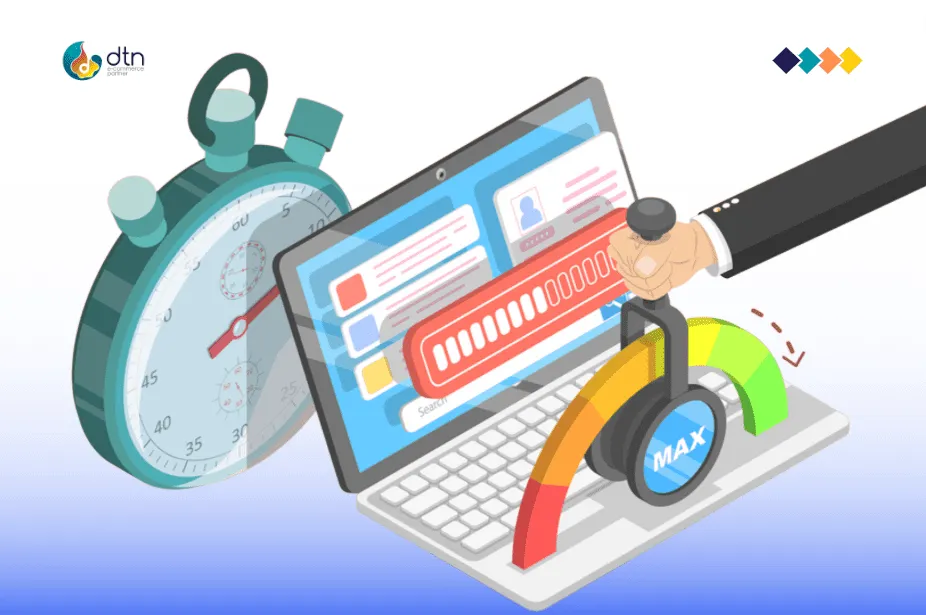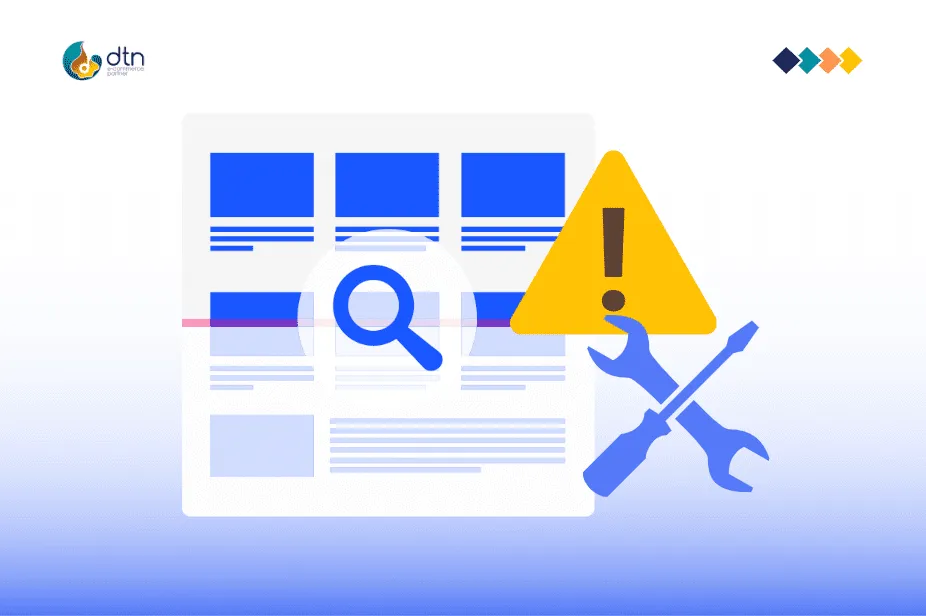It’s about more than keywords and content in the complex world of SEO. The technical side of things is equally critical. In this article, we’re diving deep into the technical aspects of SEO, focusing on website speed and performance optimization, the power of schema markup tailored for e-commerce, and how to effectively tackle those pesky crawl errors. Get ready to supercharge your technical SEO strategy!
Table of Contents
Website Speed and Performance: The Need for Speed
Elevating your SEO game isn’t a choice; it’s a necessity, and website speed is your ticket to success. Slow-loading websites can drive visitors away and send your rankings plummeting. The need for speed is real in technical SEO.
First, compress those large images, use browser caching, and leverage Content Delivery Networks (CDNs). These techniques can dramatically improve your website’s loading time. Google loves fast sites and rewards them with higher search rankings. Remember, a fast site not only keeps users happy but also ensures that search engine crawlers can efficiently index your content.

An efficient site guarantees that search engine crawlers can effectively index your information while also keeping consumers pleased
Schema Markup for E-commerce: Unleash the Power of Structured Data
Now, let’s talk about schema markup, a secret weapon for e-commerce websites. It’s like providing a roadmap to search engines, helping them understand your content better. When you use schema markup, your product listings, reviews, and prices can appear in rich search results, making your e-commerce site stand out.
For e-commerce, you’ll want to use an e-commerce schema. This structured data helps search engines display essential information, like product availability, ratings, and prices, directly in search results. It’s a game-changer that can boost click-through rates and drive more traffic to your site.

A technical SEO game-changer that may increase click-through rates and increase traffic to your site is schema markup
Fixing Crawl Errors: Taming the SEO Gremlins
Crawl errors can be the bane of your SEO existence. They hinder search engines from effectively navigating your website, potentially causing you to miss out on valuable organic traffic. But fear not, these errors can be fixed.
Start by using Google Search Console or other SEO tools to identify crawl errors. These can range from broken links to server issues. Tackle each issue methodically, ensuring that links are updated, redirects are in place, and server problems are resolved. Regularly monitoring and fixing crawl errors keeps your website in good standing with search engines and ensures all your content is accessible to users.

A good technical SEO practice is checking and fixing crawl issues regularly
In conclusion, the technical side of SEO is just as vital as content and keywords. Website speed and performance optimization, schema markup tailored for e-commerce, and the effective resolution of crawl errors are your keys to SEO success.
A speedy website not only pleases users but also earns favor with search engines. Schema markup gives your e-commerce site a competitive edge by showcasing rich search results. And conquering crawl errors ensures that search engines can access your content with ease. So, gear up, optimize your technical SEO, and watch your website’s visibility and rankings soar.
Frequently Asked Questions
We've compiled a list of answers to common questions on technical SEO.
Website speed and performance are critical for SEO because they directly impact user experience. Slow websites frustrate visitors, leading to higher bounce rates and lower rankings. Fast-loading sites aren’t just a preference; they’re Google’s favorites, ensuring a superior user experience. A speedy website keeps users happy and attracts search engine crawlers, which can positively impact your search rankings.
Schema markup is a structured data format that provides search engines with additional information about the content on your website. For e-commerce, schema markup helps search engines understand and display vital product information, like prices, reviews, and availability, directly in search results. This can lead to richer, more attractive search results, improve click-through rates, and increase organic traffic to your e-commerce site.
You can identify crawl errors by using tools like Google Search Console or third-party SEO tools. Crawl errors are crucial to fix because they hinder search engines from effectively navigating your website. This can result in poor indexing and decreased visibility in search results. Crawl errors can range from broken links to server issues, but fixing them ensures that your content is accessible to both search engines and users, positively impacting your SEO performance.
Yes, several techniques can enhance website speed and performance. You can minify your CSS and JavaScript files, optimize your website’s code, reduce server response times, and enable browser caching. Regularly monitoring your site’s performance and considering the use of a reliable hosting provider can also contribute to improved website speed.
Schema markup can benefit all types of e-commerce websites, but it’s essential to use the appropriate schema types that align with your products and content. Different schema types cater to various e-commerce elements, such as product listings, reviews, and event information. Select the schema types that best match your e-commerce offerings to maximize its benefits for your specific business.



